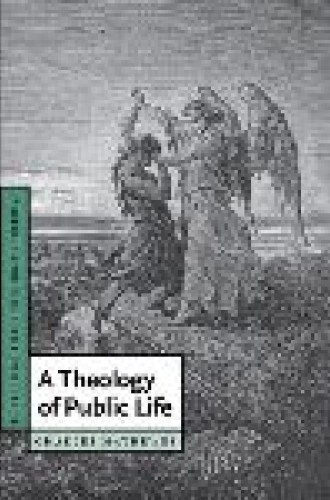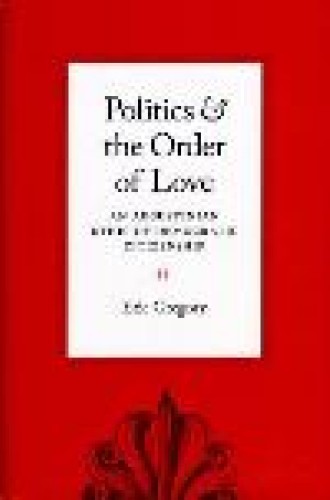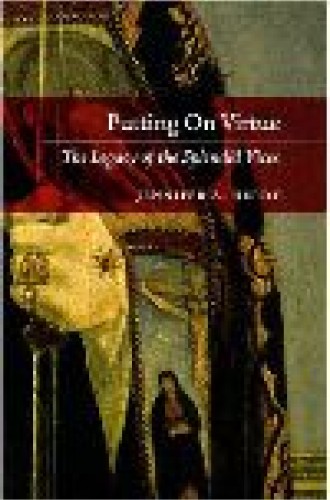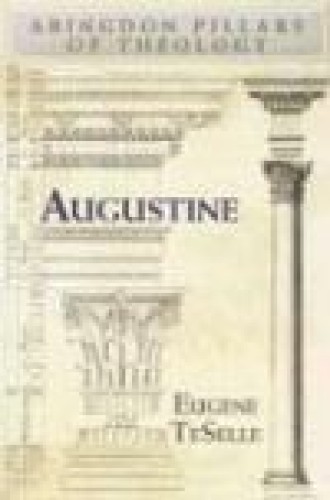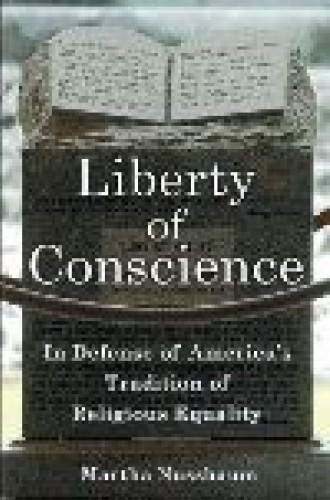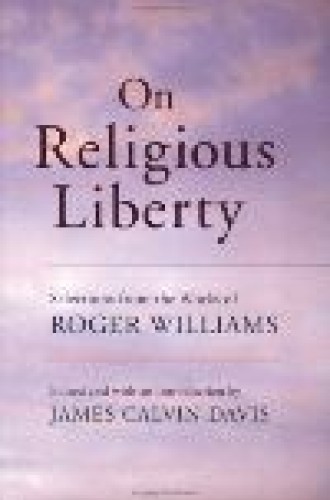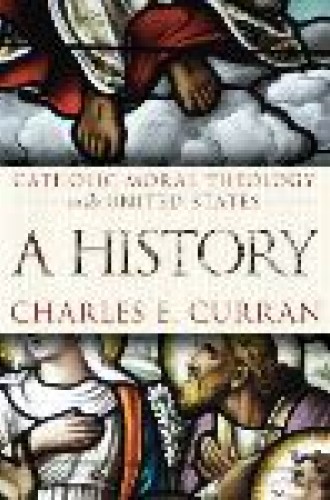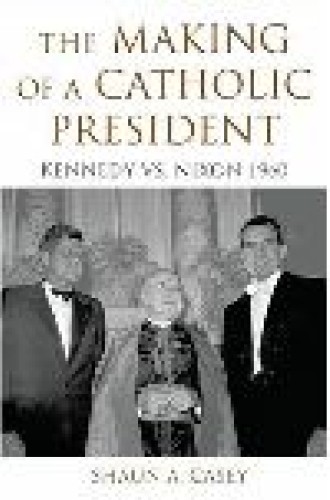Take and read
Troubled times and periods of transition get us looking backward, hoping to find resources in the past for new ways to think about our present problems. Perhaps for that reason, many of the most interesting books in ethics this year include an element of historical inquiry. This is particularly true in Christian political thought, in which a number of important books have returned to the ethics of Augustine in search of an alternative to both secularism and sectarianism. Charles Mathewes explores this different angle in A Theology of Public Life. By presenting politics in Augustinian terms, he construes politics not only as a tool for exercising individual rights, but also as an ascetic practice that cultivates the virtues of faith, hope and love. In Politics and the Order of Love, Eric Gregory also uses Augustine’s work to define a new approach to ethics. Augustine is often seen as the first political realist, but Gregory suggests that love is a relevant norm for public, political choices, rather than the impossible ideal that Reinhold Niebuhr took it to be.
Jennifer Herdt turns her attention to the moral life as a whole in Putting on Virtue. While Mathewes and Gregory see Augustine as a resource for public ethics, Herdt begins with Augustine’s suspicion of pagan virtue and develops a “chastened account of Christian distinctiveness,” grounded in the experiences of community, liturgy and spirituality. Both the ambiguities in Augustine’s thought and the inescapability of his influence are on display in the works of these three important younger voices in Christian ethics, as is their mastery of history. For those who need a reminder of the basics of Augustine’s life and work before plunging into these deeper waters, Eugene TeSelle’s Augustine provides a concise introduction.
Closer to our own time, a new study of religious pluralism by philosopher Martha Nussbaum reminds us of the role that religious leadership played in creating a new relationship between religion and government in the American context. In Liberty of Conscience she traces a familiar history, but ties it together in a new philosophical account that makes religious equality as important as religious freedom for understanding the American constitutional system. She also gives us a fresh portrait of Roger Williams, the contentious and inspiring advocate of religious equality who founded Rhode Island and became the spiritual ancestor of America’s Baptists. Few students of church history have penetrated Williams’s difficult prose, but Nussbaum provides vivid examples from his writing and a clear explanation of his thinking. Those who are intrigued by Nussbaum’s quotations can find the full text of some of Williams’s most important works in On Religious Liberty, the new anthology of Williams’s writings edited by James Calvin Davis.
While Williams and the tradition of religious equality remind us of the Protestant origins of American religious life, it is equally important to understand how the pluralism that we now take for granted came about. Charles Curran provides this history for the Roman Catholic tradition in Catholic Moral Theology in the United States. Here we see the historical forces and the internal dynamics of Catholic theology that led a distinctly foreign tradition to become what is today probably the most effective public religious voice on issues of war and peace and economic justice. The theological developments required political progress, too. Shaun Casey reminds us that only a generation ago, American Protestants were united in suspicion of Roman Catholicism and Catholic politicians. The Making of a Catholic President contains much new research and presents a gripping narrative, even though we remember how the story turned out in the end. The book highlights the enormous changes in ecumenical religious life that have accompanied the transformations in race relations, politics and economics in the last half century. Perhaps the reason we need to reach deeper into the past, all the way back to Augustine, is to find the larger continuities that shape us across the decades of conflict and change.


